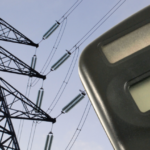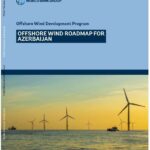Microgrids’ integration into the smart grid has limitations in terms of power quality and stability because of the intermittent nature of renewable resources such as solar and wind energy. These microgrids can function autonomously and need minute control to avoid any fluctuation in voltage and frequency that affects power supply.
Harmonic Distortion is a significant concern due to the use of power electronic converters (PECs) in microgrids. These devices can inject harmonic currents which distort the voltage and current wave shape. This results in equipment overheating, failure of delicate electronics, and decreased grid performance. Harmonic distortion can also cause equipment aging at a faster rate and higher power losses.
Voltage and Frequency Fluctuations occur due to the intermittent nature of renewable energy sources. This results in what they refer to as “power rollercoasters,” or fluctuations in voltage levels. Such fluctuations interfere with electronics, cause outages, and decrease the reliability of grid frequency.
Islanding Transients are also observed during situations where microgrids are connected and disconnected from the main grid. These transitions cause sudden changes in voltage and frequency that can be destructive to the loads connected and create power quality issues such as voltage sags and swells.
Reduced System Inertia is another risk, as microgrids using renewable energy sources do not have enough inertia to counter fluctuations in the frequency during the shifts in load or loss of generation capacity. This makes the grid more susceptible to frequency deviations.
Finally, Bidirectional Power Flow Management poses challenges in controlling voltage and power flow. Microgrids are both supply and demand for electricity, which requires smart grid controls to manage these flows and avoid voltage regulation problems.




